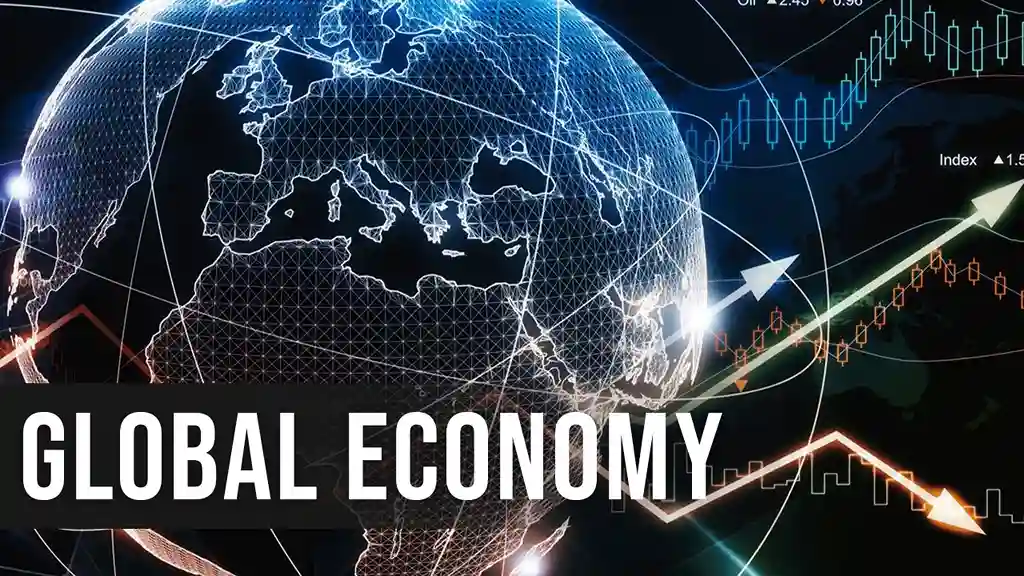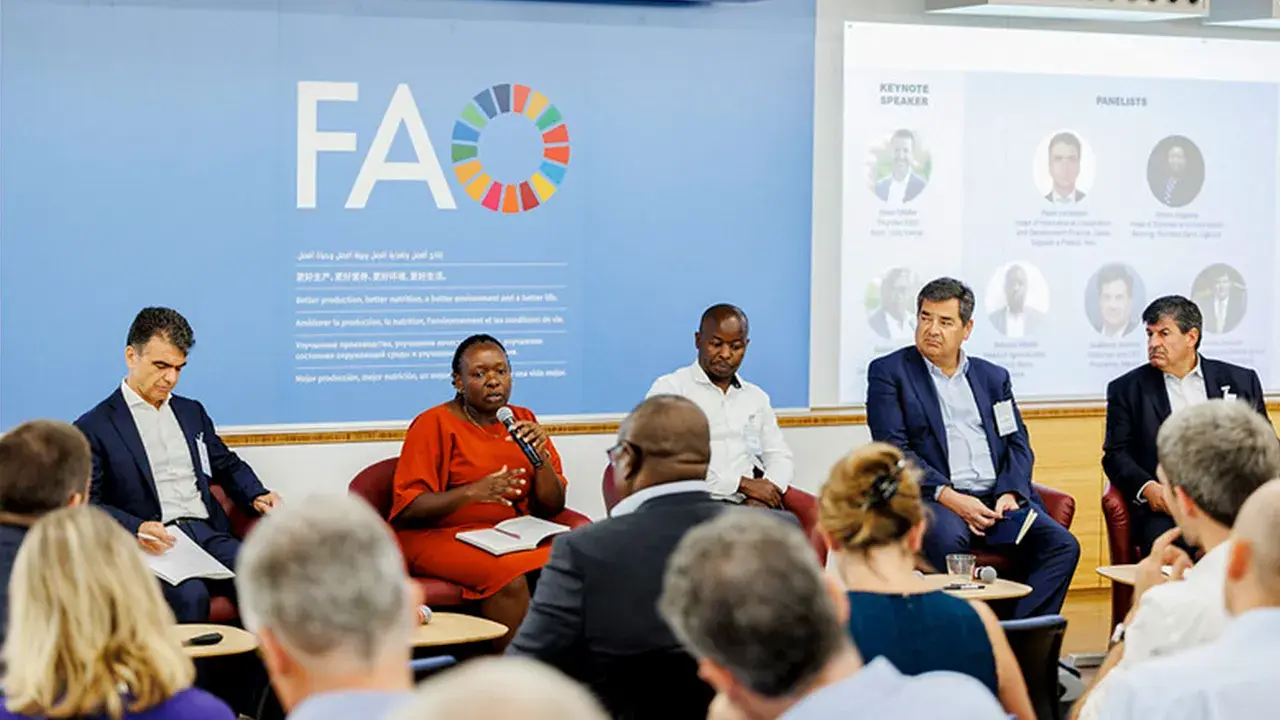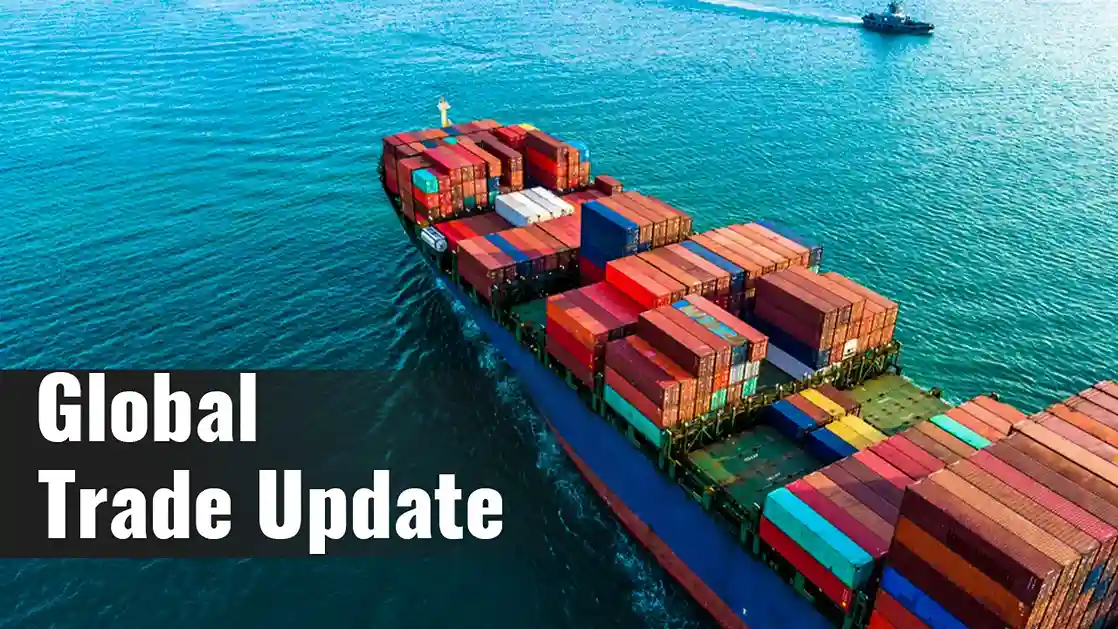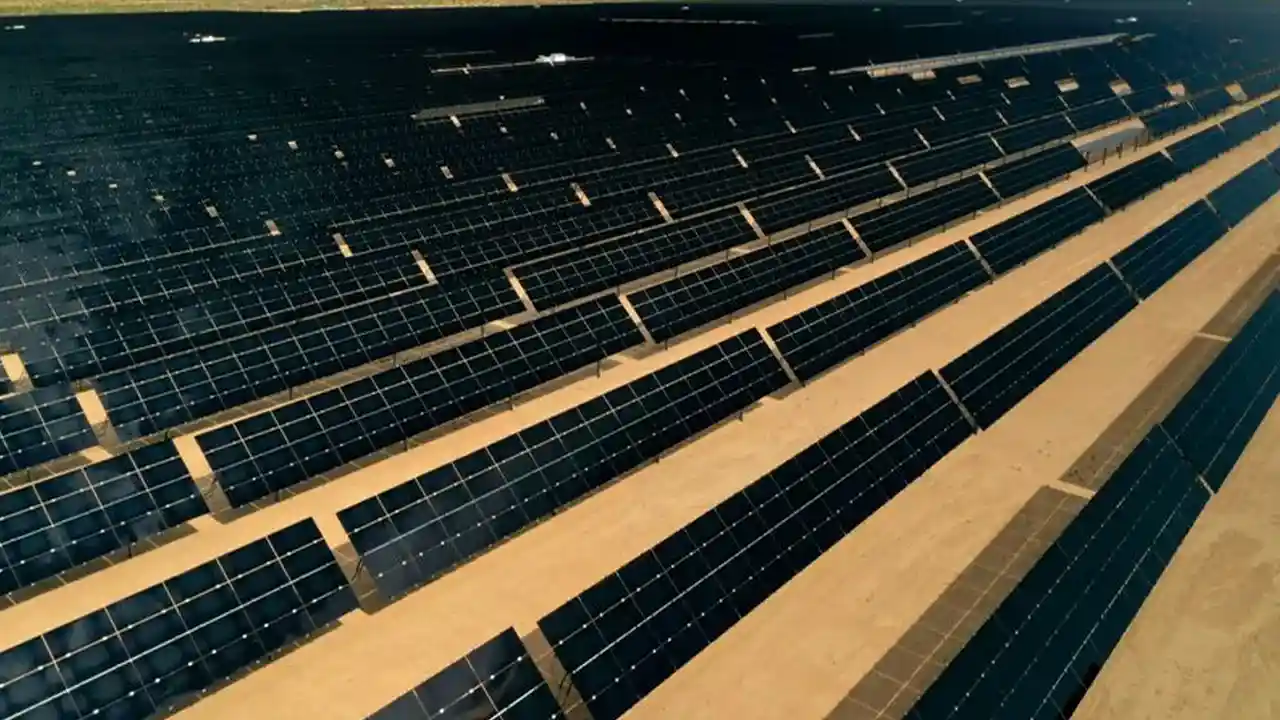Chip behemoths NVIDIA and Advanced Micro Devices (AMD) are getting frothy with investor excitement, both seeing record stock prices after soaring Q2 2025 financial results.
The strong numbers highlight ongoing strong demand for their high-performance computing and AI-driven technologies, particularly in the data centre and artificial intelligence markets, which are both seeing strong growth.
NVIDIA’s Reign Of Dominance Carries Over To Record Data Center Revenue
NVIDIA (NASDAQ: NVDA) – the AI-chip leader – crushed its second-quarter fiscal 2025 earnings. The company reported record quarterly revenue of $30.0 billion, representing a huge 122 per cent rise from the same quarter a year ago and a hefty 15 per cent increase from the prior quarter.
That jump was powered largely by its data centre segment, which reported record revenue of $26.3 billion, a 154% increase from a year earlier. CEO Jensen Huang discussing the sustained high demand for NVIDIA’s Hopper architecture and “amazing” enthusiasm for its upcoming Blackwell platform.
He said the world’s datacentres are “doing a full-on refresh of the computing stack with accelerated computing and AI”, with NVIDIA on the edge of that upgrade. It also noted robust adoption of its Spectrum-X Ethernet networking platform for AI and significant scaling of its NVIDIA AI Enterprise software, indicating capabilities as a full-stack platform provider.
NVIDIA’s similar stock run – up 88% from an early-April low and 20% from the beginning of 2025 – has it now briefly pushing past a $4 trillion market cap. Analysts remain bullish, pointing to still strong demand for its GPUs as big tech companies plough ahead on plans to build out AI infrastructure.
AMD’s Strategic Investment in AI and Data Centers Is Paying Off
Well, surprisingly not to be outdone, Advanced Micro Devices (AMD) also had a strong performance for the quarter ended 2Q 2025 – coming out better than what Wall Street was looking for. Although individual Q2 2025 results are usually released in early August (in accordance with their previously announced August 5th schedule), the bullish sentiment is due to robust Q1 results and hopeful forward guidance that shot the stock to all-time high territory.
A big driver has been AMD’s focus on expanding its product portfolio and market presence in AI and data centre technologies. Its data centre small business segment has also enjoyed robust year-over-year growth on the back of the rollout of AMD Instinct AI accelerators and robust sales of its EPYC CPUs. Despite continuing headwinds like export controls in a few markets, AMD has shown that it can win share in key markets.
Investor confidence that the company can execute on its vision, especially given strong customer interest in new products, has returned. AMD’s share price has also enjoyed impressive gains, with the markets clearly buying into its long-term growth trajectory in the cutthroat chip industry.
AI Demand Fuels Semiconductor Boom
That both NVIDIA and AMD are trading at all-time highs is a reminder of the ravenous global hunger for modern semiconductor technology, especially the sort that fuels AI.
As companies around the world spend heavily on generative AI, high-performance computing, and data centre infrastructure, the two powerhouse chip makers are well positioned to capture much of that market and innovate in the years ahead.
This is the continuation of that secular trend I wrote about here and here. (Look, if you haven’t been a believer in semiconductors, you haven’t been paying attention.)









